Intumescents glossary

ACTIVE FIRE PROTECTION
Refers to mechanical systems designed to restrict the flow of fire and smoke within a building. This includes fire doors, sprinkler systems, suppression systems and alarms.
Active fire protection is one half of a building's defence against fire - the other half being passive fire protection (which is provided, to a large extent, by intumescent coatings).
BCA
All building work must comply with the requirements of the BCA - or the Building Code of Australia.
The Building Code of Australia is contained within the National Construction Code - or NCC - and provides the minimum necessary requirements for safety, health, amenity and sustainability in the design and construction of new buildings (and new building work in existing buildings) throughout Australia. The Housing Industry Association reproduces the Building Code of Australia (Volumes 1 and 2 of the NCC) under licence from the Australian Building Codes Board. Volume 1 pertains to Commercial Buildings (Class 2-9 Buildings) and Volume 2 pertains to Residential Buildings (Class 1 & 10 Buildings).
CARBON FIBRE STRIPPING
The application of carbon fibre strips to concrete slabs to increase their structural strength. This allows the slab to bear more weight and, in some situations, may be used as an alternative to replacing the slab.
CORE FILLING
Structural steel with hollow sections often perform poorly when subjected to heat or fire. To remedy this, these hollow sections are filled with concrete to achieve the required fire protection ratings.
DFT
DFT - or Dry Film Thickness - is the thickness of an applied coating above the substrate, measured once the coating has dried. Dry film thickness can be measured using one of two methods:
- destructive thickness measurement, where the coating is cut to the substrate using a cutter
- non-destructive coating thickness measurement, using techniques like magnetic induction and eddy current thickness measurement
FIRE RATED BOARD
Board encasement systems are a type of fireproof cladding - using fire rated boards - that completely enclose structural steel, allowing for the installation of windows, doors and walls directly adjacent to the encased steel. The fire rated board consists of non-combustible core composed primarily of gypsum or cement.
The fire rated board construction system is sometimes referred to as as plasterboard or cement board but it should be noted that not all plasterboard or cement board is fire rated. In fact the vast majority is not.
Fire rated boards are ideal for achieving a high quality, architectural grade finish, facilitating perfect colour matching with surrounding ceiling and wall surfaces. As they are factory manufactured, fireproof boards ensure uniform thickness and, thus, ensure adequate protection.
See more about fire rated boards on this page.
FRL
FRL - or Fire Resistance Level - is the period measured in minutes for three key facets of fire resistance: structural adequacy, integrity and insulation.
An example of an FRL might be 60/90/60, which indicates the item offers a 60 minutes of structural adequacy, 90 minutes of integrity and 60 minutes of insulation.
If an FRL has a dash within it, that indicates the relevant facet is not applicable. Given that structural steel offers little or no insulation from fire, most structural steel FRLs are shown as, for example, 60/90/-.
Further information on FRLs can be found here.
INTEGRITY
The second component of an FRL, this is the ability of a structure to resist flames and hot gases when tested in accordance with AS 1530.4. Failure of integrity is deemed when continuous flaming occurs on the non-exposed side of the item or when cracks or other openings through which flames can pass reveal themselves.
INSULATION
The third and final component of an FRL, this is the ability of a item to maintain a temperature below specified limits on the surface not exposed to flames below the limits specified, when tested in accordance with AS1530.4.
Failure for the insulation criteria is deemed when the temperature rise of the non-exposed side exceeds predetermined thresholds.
NCC
The NCC - or National Construction Code - is released by the Australian Building Codes Board and it contains the Australian Building Code - or BCA .
It sets out the minimum requirements for safety, health, amenity and sustainability in construction.
PASSIVE FIRE PROTECTION
Passive fire protection comprises a group of systems that compartmentalise a building through the use of fire-resistant walls/floors. Compartmentalising a building into smaller sections slows or event prevents the spread of fire and smoke from one room into the next. PFP includes fire/smoke dampers, fire doors and fireproof walls and floors.
Compartmentalising a building is only one aspect of passive fire protection. An equally important part is maintaining the structural integrity of the building through the protection of structural steel work, frequently through the use of intumescent coatings. By containing the fire to sections of the building and maintaining the structural integrity, occupants are given more time to evacuate the building.
As discussed above, passive fire protection is one part of a building's defences against fire. The other part, of course, is active fire protection.
STRUCTURAL ADEQUACY
The first component of an FRL, this is the ability of a structure to maintain its stability and load-bearing capacity when tested in accordance with AS 1530.4. Failure of the structural adequacy is deemed when the element collapses or when the rate of deflection for the element is in excess of prescribed limits.
VERMICULITE
Vermiculite is a cementitious coating which undergoes significant expansion when heated. It is sprayed onto the surfaces to be protected in a thick layer (compared to intumescent coatings). It provides a high level of protection - up to 240 minutes - but doesn't have the aesthetic appeal of intumescent coatings.
Download the PDF
click hereMore articles...
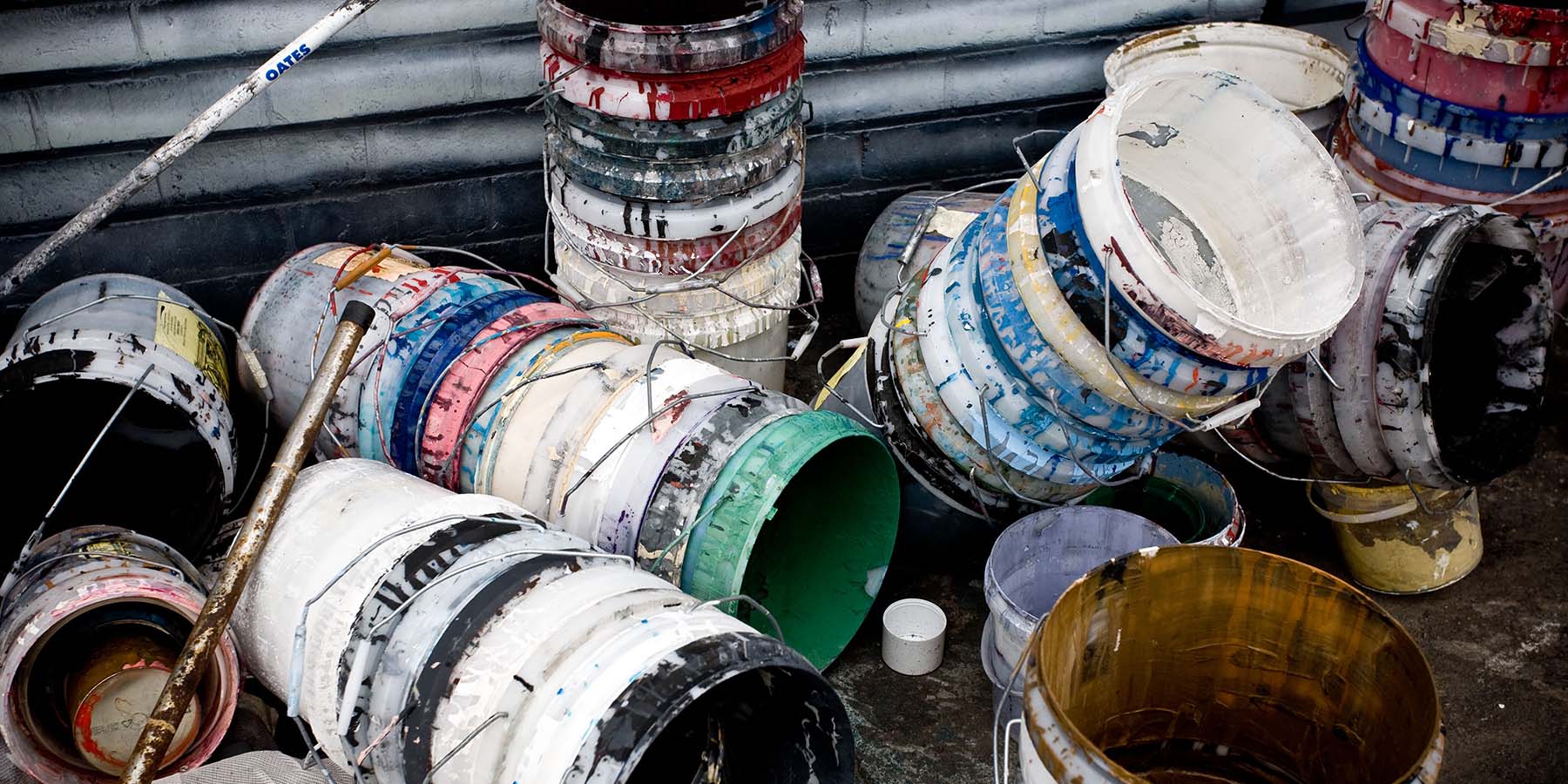
Intumescent coating types
There are a variety of intumescent coating types with different properties and application methods. Which type is the best for your situation?
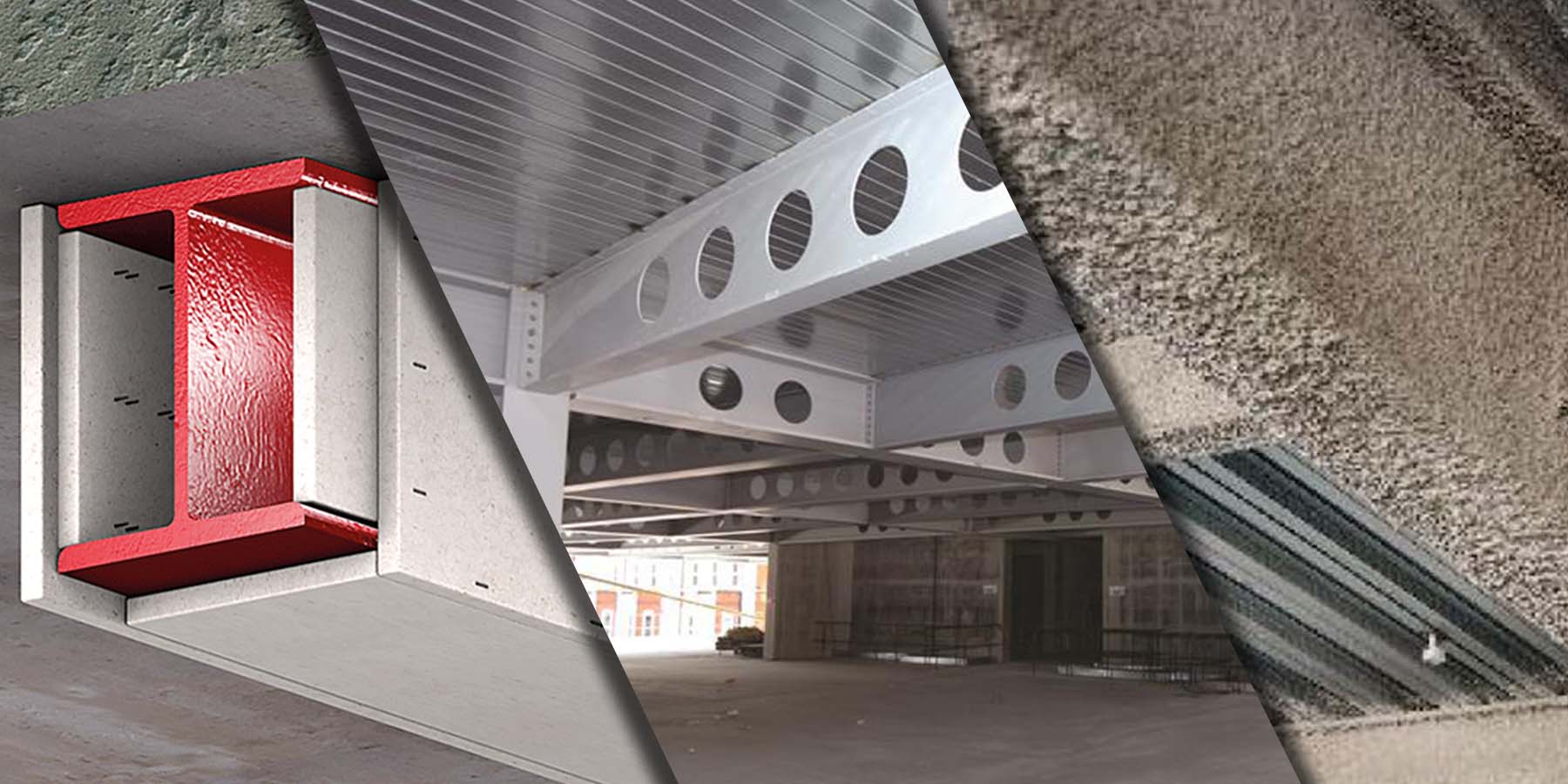
Passive fire protection methods
There are several ways to protect building structural work. Whilst some methods may be more prevalent, there is no one "best way" to protect a building's structure. The best method will most likely be determined by a number of factors, but here are your options.
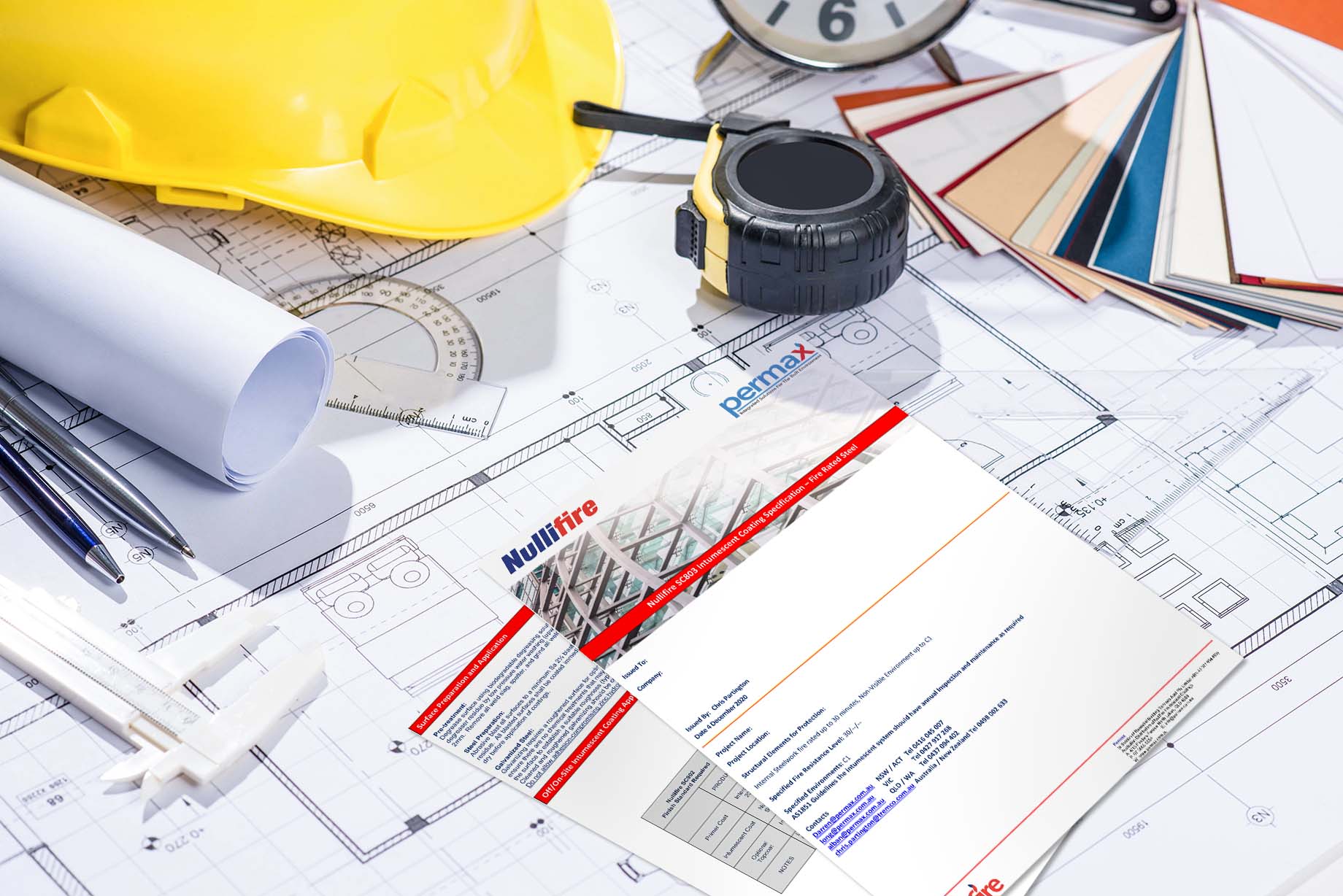
Intumescent paint coating specification templates
Access a range of templates supplied by manufacturers for the purposes of specifying their intumescent paint coating products for various FRLs and corrosivity ratings.

Intumescent paint coating corrosivity ratings in the Australian atmosphere
It's common knowledge that corrosion rates are affected by environmental factors, but do you know the various corrosivity ratings and their definitions?

Limiting steel temperatures to maintain structural integrity
Maintaining structural adequacy on load-bearing steel is critical to the fire safety of building occupants, fire fighters and the surrounding built environment. Here's how limiting steel temperatures to maintain structural integrity relates to intumescent paint coatings.

Getting help with intumescent paint coatings
The specifying and application of an intumescent coating system is a highly specialised task that requires considerable training and experience to accomplish correctly.
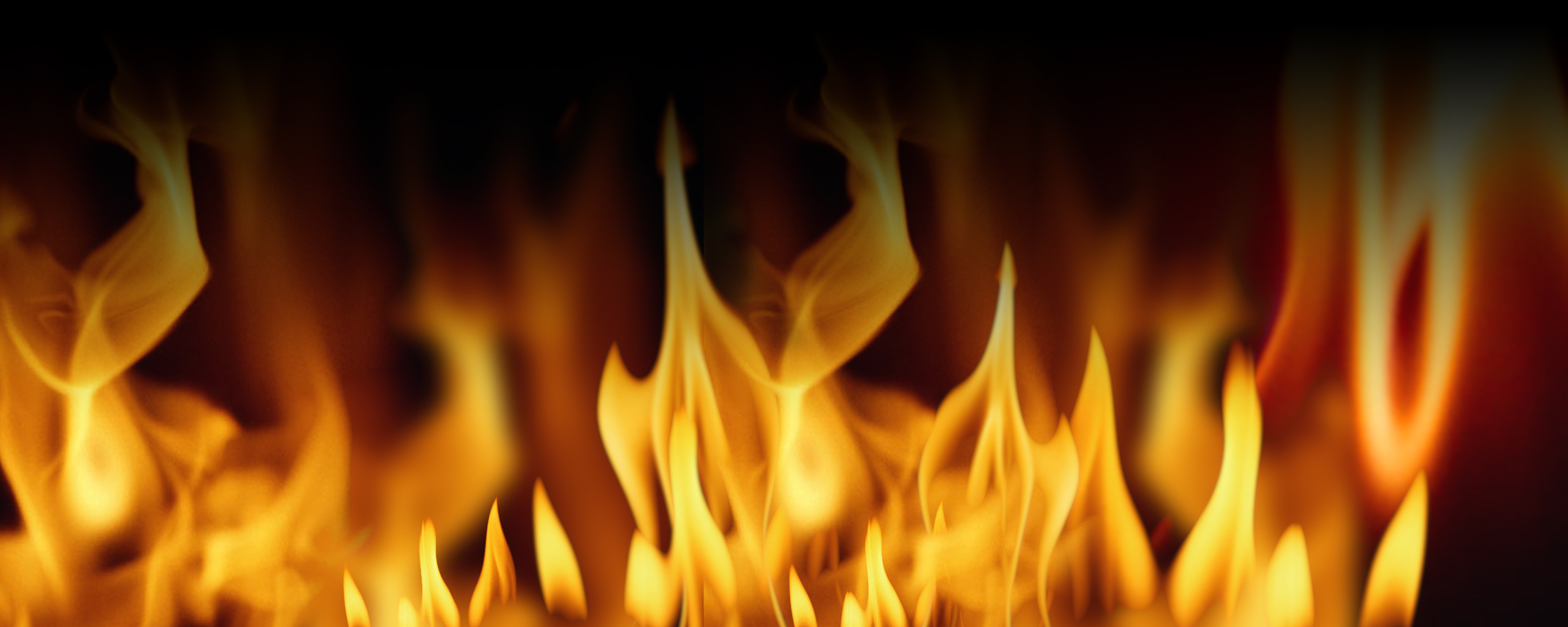
Fire types and severity
Different combustible materials burn at different temperatures which will have a bearing on the FRL of a given intumescent paint coating. This needs to be taken into account when specifying intumescent products so that the required FRL is ensured for the combustible materials that are likely to be encountered in a particular situation.
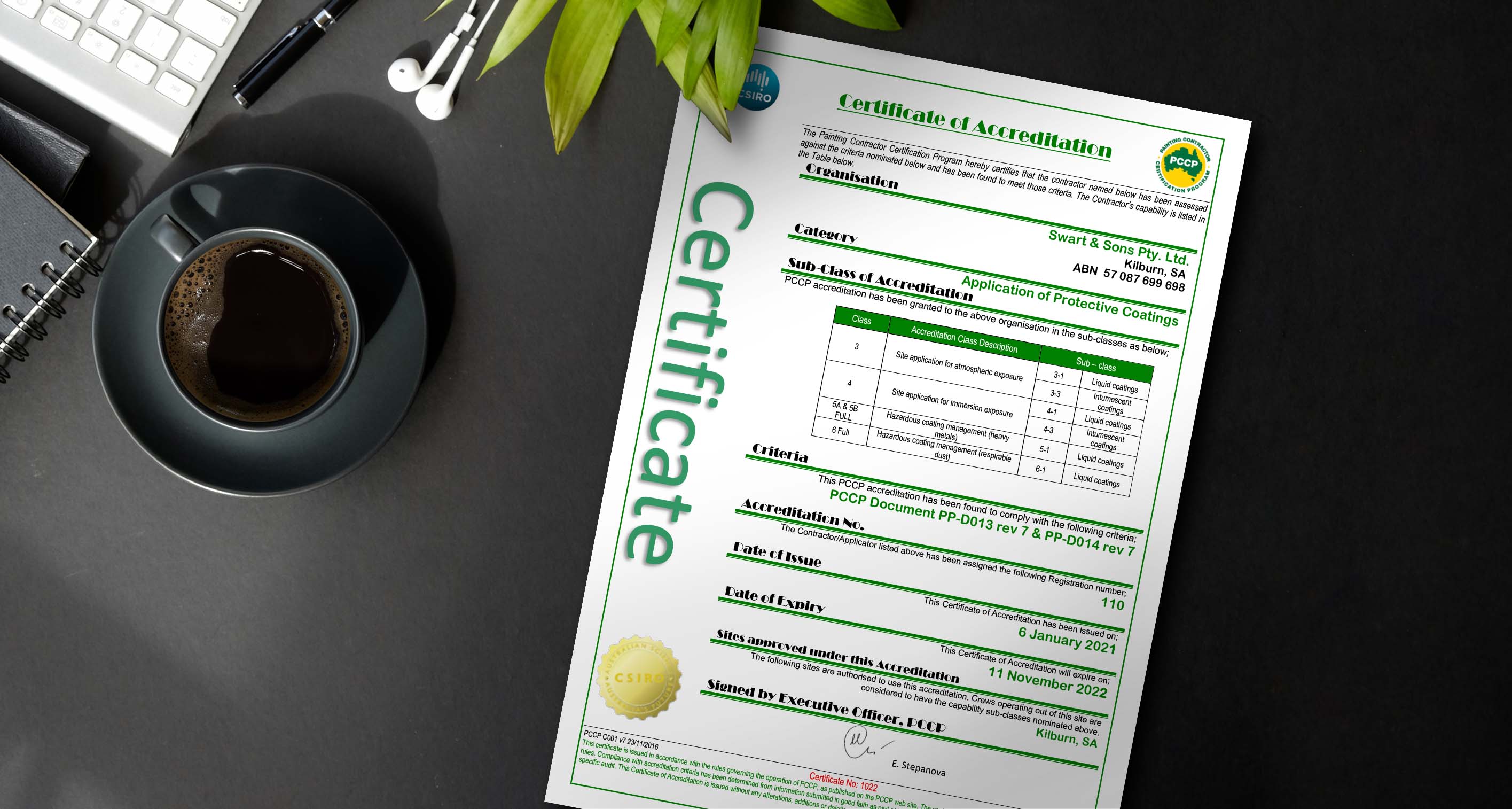
Quality assurance for intumescent paint coatings
We believe Painting Contractor Certification Program (PCCP) accreditation is paramount for passive fire protection contractors engaged in applying intumescent paint coating systems.

Specifying intumescent paint coatings
Whilst intumescent coating products may look just like paint, they have an important function (i.e. passive fire protection) that makes their specification a much more involved process.
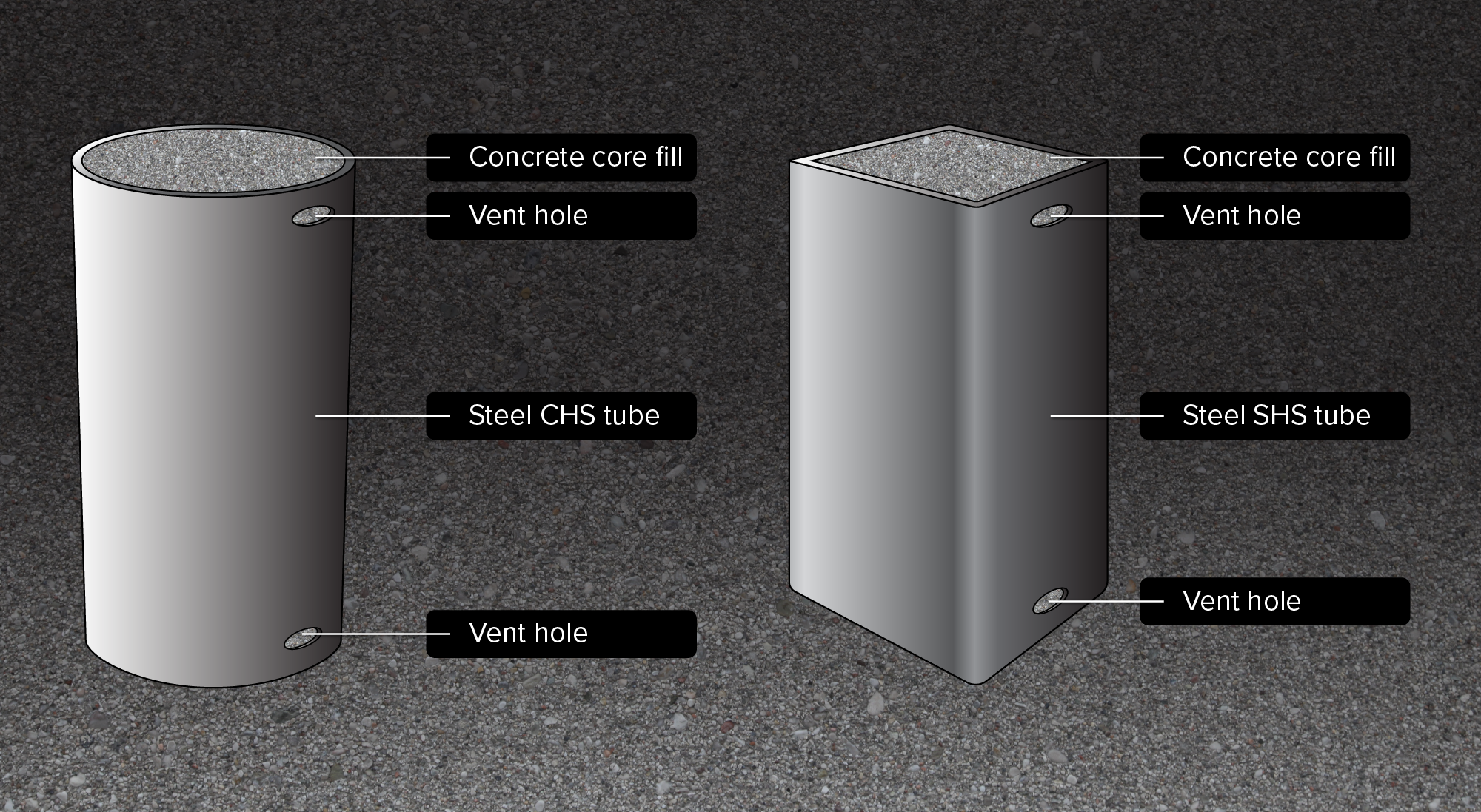
How core filling affects intumescent paint coatings
Core filling is a viable solution to fire-protect high Hp/A hollow section steel that is otherwise unable to achieve the desired FRL.
